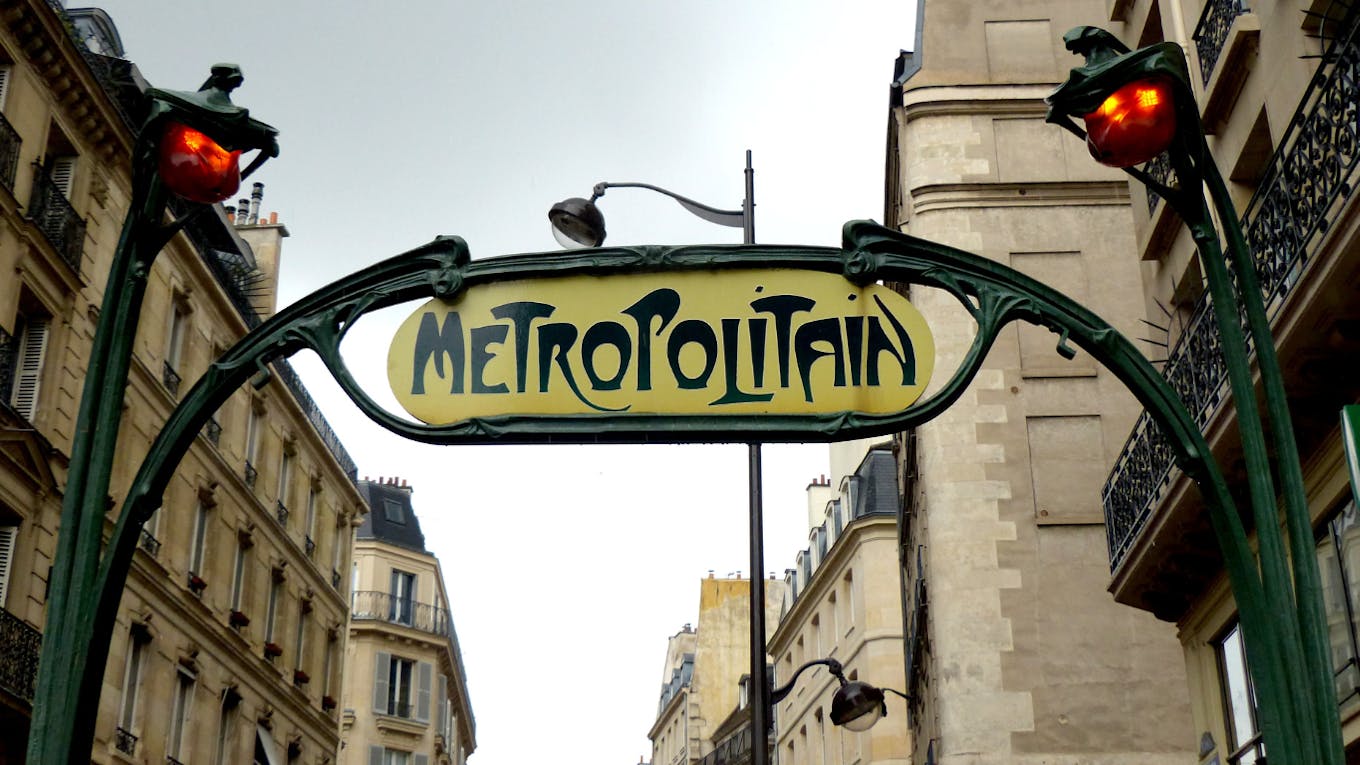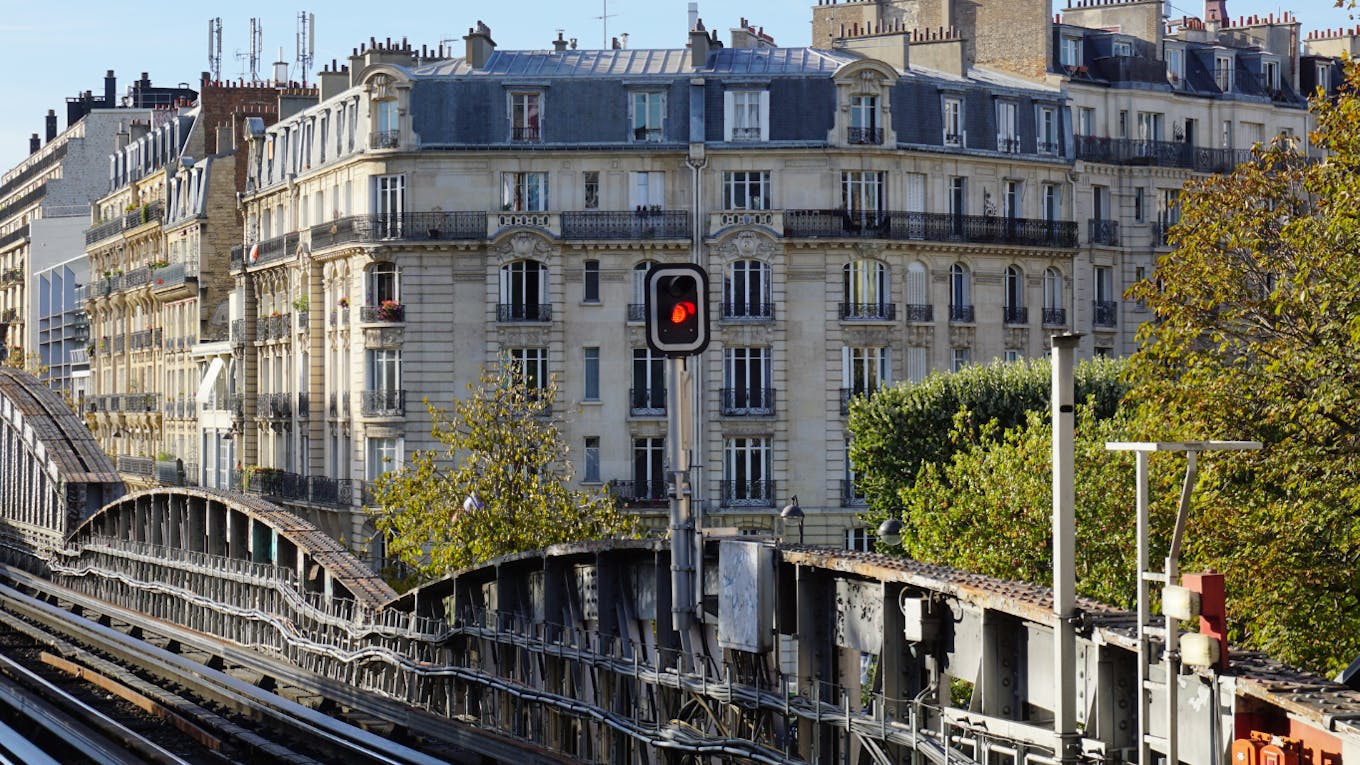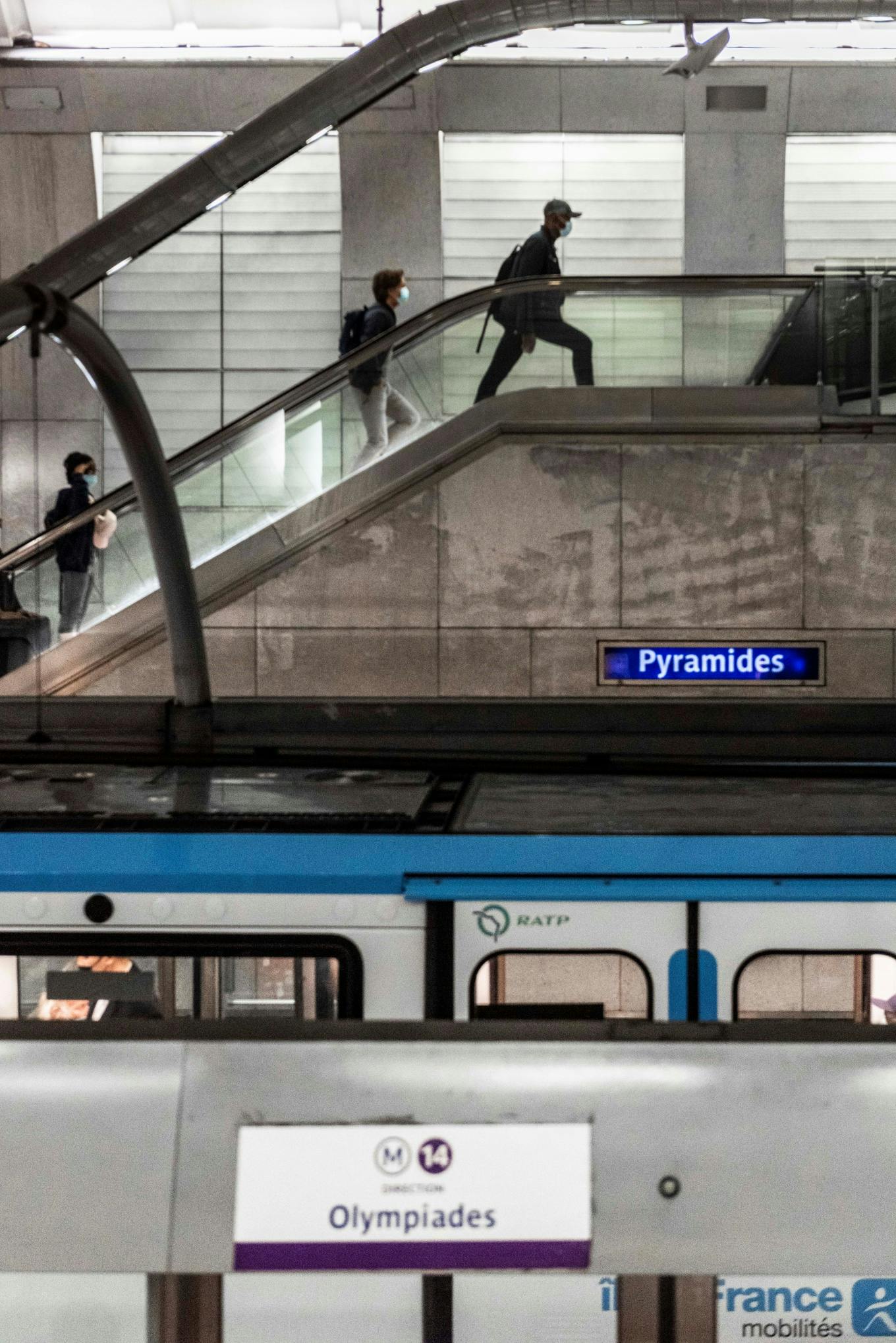
Accessibility: the complex case of the Paris metro
Published on
The question of the Paris metro’s accessibility, a network more than 100 years old in places, is complex. Although the current metro network is mostly accessible to people with cognitive, visual and hearing disabilities, it is not entirely accessible to people with limited mobility and wheelchair users. Why and how can we ensure that those concerned can get around the central Paris network easily? Here are some clarifications.

Accessibility in public transport: requirements and exceptions
On 11 February 2005, the “equal rights and opportunities, participation and citizenship of people with disabilities” law was passed.
Its text includes the requirement that public transport networks are accessible to those with all types of disabilities, within the next ten years *.
The exception of the Paris metro network
The law of 11 February 2005, however, includes exceptions concerning the accessibility of underground rail transport networks and this includes the Paris metro.
A line is not subject to the 10-year deadline, if it presents:
- An established technical limitation
- Constraints linked to conserving architectural heritage,
- Clear discrepancies between the proposed enhancements and their overall impacts e.g. very expensive engineering work spread over very long periods with a significant impact on passenger traffic, without notable improvements in travel conditions for those concerned.
Exceptional conditions which reflect the reality of the central Paris metro network.

Accessible features of the Paris metro
- Line 14 and future Lines 15, 16, 17 and 18 are the only ones to date that are fully accessible, from one terminus to the other, to all (including people in wheelchairs),
- With the extension of Lines 4, 11 and 14, by summer 2024, 29 metro stations will be independently accessible,
- Metro lines not accessible to people in wheelchairs all have an alternative route by bus, RER or tram (routes available from the Planning a journey page of the Île-de-France Mobilités website).
- Paris metro lines are certified by Equisens , S3A and Cap’Handéo for passengers with cognitive, psychological, hearing and visual disabilities,
- All new metro lines designed since 2005 as well as the extension of existing lines are and will be accessible.
Extensions and new projects will all be accessible!
All projects for new stations, new lines, line extensions or new vehicles (metros, buses, trams, RER and trains) implemented after 2005 have been designed in compliance with accessibility standards and connect with routes that are also accessible!
Proposing an alternative to the current metro network: an imperative for Île-de-France Mobilités!
All the lines which meet the exceptional conditions are, in essence, not subject to the legal deadline, but all must still have an alternative route that is fully adapted to the needs of wheelchair users.
This is the case of the Paris metro network, which has numerous alternative routes accessible by bus, tram, RER or PAM (on-demand transport service at the price of a normal journey for people with limited mobility).
Understanding the complexity of a project to make the current metro network completely accessible
With kilometres of tunnels, platforms and corridors connected to the city's sewers and water, electricity and gas networks, the meandering Paris metro is one of the oldest in the world. In places it is over 120 years old as the first Paris metro line opened in 1900!
Historical roots make it one of a kind, but also contribute to the complexity of making it accessible for those with reduced mobility.
Dealing with the limitations of the Paris metro
In the case where full accessibility of a line may be possible, it might only concern a handful of stations on a line where connections to other lines would not themselves be accessible. This scenario has been envisaged by Île-de-France Mobilités. However, this configuration only offers partial accessibility to people in wheelchairs, who would not be able to travel from one line to another, nor from one end of the network to the other and could get on at an accessible station at the start of the journey and not find an accessible station close to their destination.
To go a little further:
- A 2011 study** revealed numerous complexities and technical limitations in making current metro stations accessible to people in wheelchairs (they are accessible to all other forms of disability). Possible accessibility only concerns a handful of stops per line.
- Certain locations, certain stations and certain metro entrances in places classified as Historic Monuments in a very dense Parisian environment with very little space available to create a new access or install lifts,
- Carrying out accessibility work would present a threat to existing structures with a risk of subsidence and/or collapse on certain lines,
- The work, when feasible, would last several years on the same line (around seven to ten years) with costs amounting to billions of euros. They would have a major impact on passenger traffic as well as prolonged stoppages on essential and strategic lines.
Accessible transport for all
that an individual's environment significantly influences their ability to move freely and independently. In a perfectly accessible environment, there are no more disabilities!
The reality of our network makes accessibility of our metro lines more complex for everyone, we are committed to providing accessible routes on our other means of transport to guarantee mobility for all our passengers!
* The law was supplemented, in 2014, by ordinances (Sd'Ap) which will set a new deadline of 2024 for the implementation of accessibility work.
** 2011 study on a selection of stations on the inner Paris metro network, commissioned by Île-de-France Mobilités from RATP.
